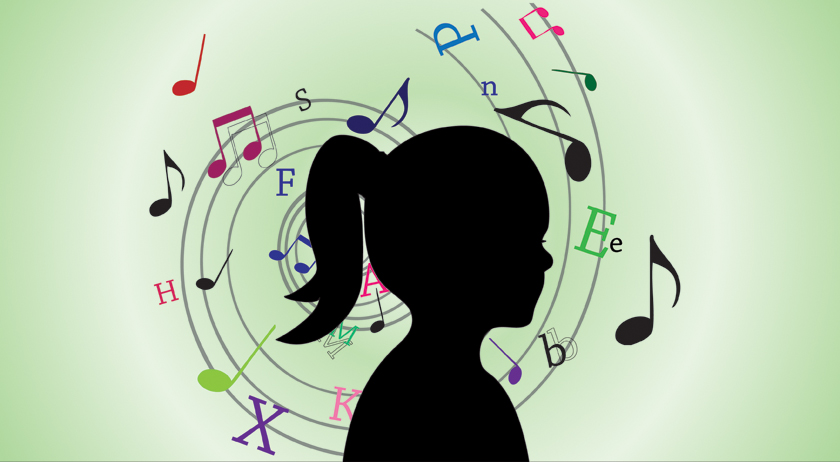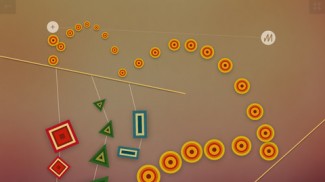Music immersion can form kids into more well-rounded individuals. But did you know that it also builds stronger connections between the right and left sides of the brain and may even help kids with dyslexia?
Studies have shown that music practice increases brain plasticity (the brain’s ability to change) and speech processing, particularly when that practice starts at a young age.
Musical tempo and rhythm are decoded much the same way that speech is decoded, and researchers have begun noticing correlations between reading problems and a lack of rhythm and beat perception. The similarities between musical and speech coding, combined with the fact that scientists have seen an improvement in reading skills when kids practice music, point to the very real possibility that music could help kids with dyslexia.
Here are 6 of our favorite music apps that could help with dyslexia.
GarageBand GarageBand may be the most well-known music recording program out there. Available on the Mac and iOS devices, it is certainly one of the most accessible ways for amateur composers and budding musicians to make music. Users can record real or synthesized instruments and use them to build music tracks in layers. With a vast library of sounds and effects, including virtual session drummers, GarageBand can immerse kids in rhythm and sound without the high cost of an instrument or private music lessons.
iMaschine iMaschine allows anyone to be a music writer, arranger, engineer, and producer. With its vast library of sounds and effects, iMaschine lets users create up to 32 bars of a song from scratch with its soundboard-like user interface.
Keezy Keezy turns a touchscreen device into a multicolor soundboard that can be used to create unique musical tracks. Users can input sounds from the microphone of their iPad or iPhone onto each of the 8 tiles of different colors. Sounds can be played by pressing a tile or looped by pressing and holding. Users can record the music they make with Keezy and play it back all within the app itself. Kids who want to use this app to make music will have to practice with it first, making it perfect for the type of trial and error with rhythm and melody that makes traditional music practice so effective.
Loop Recorder Much like Keezy, Loop Recorder allows users to assign sounds to buttons on their touchscreen which they can play back in loops, individually or together, in order to create music. The buttons in Loop Recorder are circles of differing shapes and sizes, which is better for kids who need to a bit of help with working memory. The simple and visually striking app allows kids the platform for experimentation with beats and music-making that could help with dyslexia.
Musyc This unique app lets kids see music as well as hear it, by assigning unique sound properties to lines, circles, and other shapes of varying sizes. Musyc provides users with a large grid on which to place and arrange these shapes and make a canvas into a song. Squares are percussive, triangles melodious, and lines are “black holes,” making music into a visual code as well as an auditory one. Musyc may be the kind of outside-the-box thinking practice that kids need to see music—and by extension, reading—differently.
[cjphs_content_placeholder id=”73548″ random=”no” ]Rock Band One of the common criticisms of Rock Band that is made by actual musicians is that its iconic guitar peripheral isn’t actually a guitar—it relies instead on reflex and rhythm. But that’s what makes it perfect practice for the rhythmically challenged. The game will exercise working memory, a skill necessary for reading, as well as the beat perception researchers are increasingly identifying as the key to reading success, particularly for those who need help with dyslexia.







I regularly prefer music paradise app for better quality songs.Listening to music is something we can do in our free time. This has a lot of impact on students or anyone.